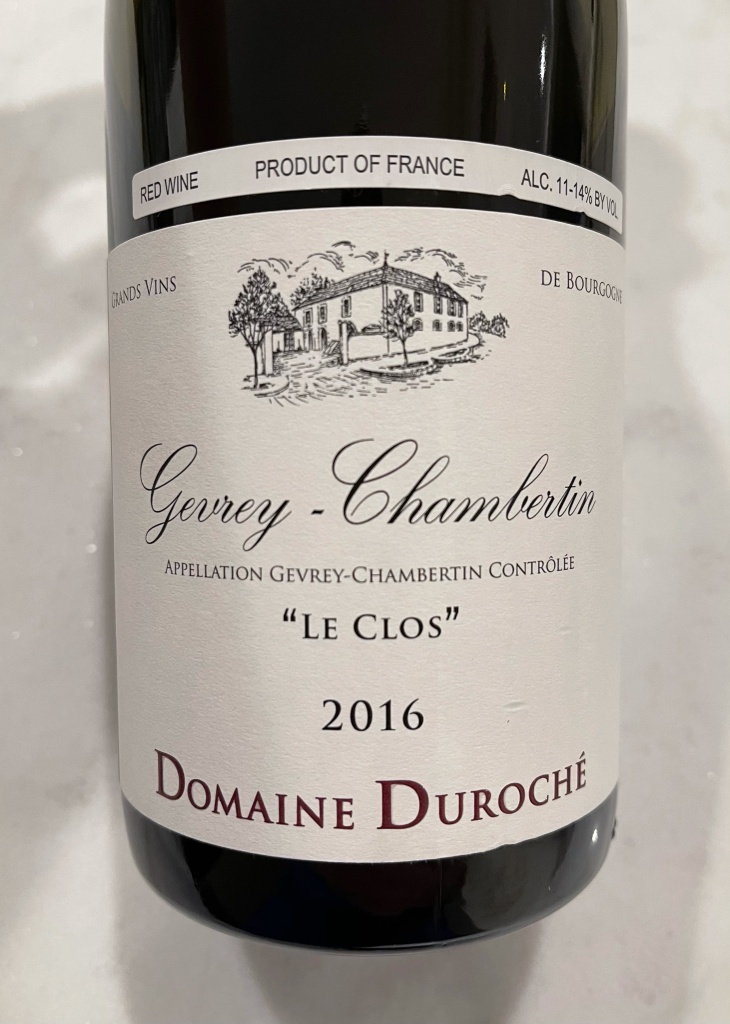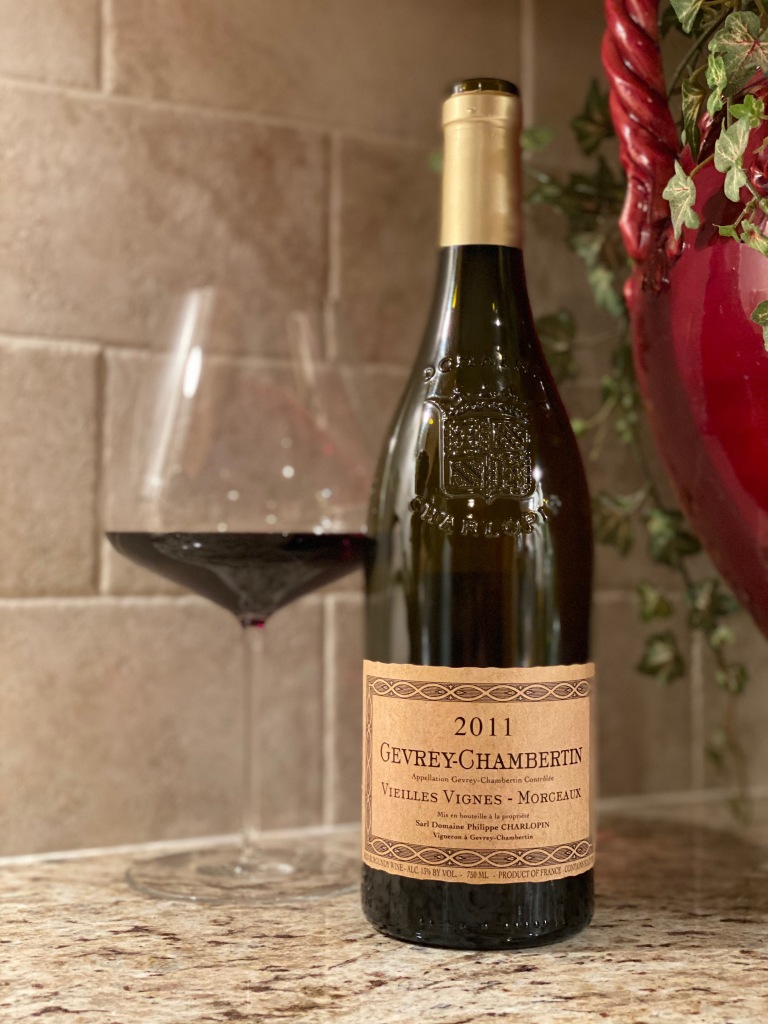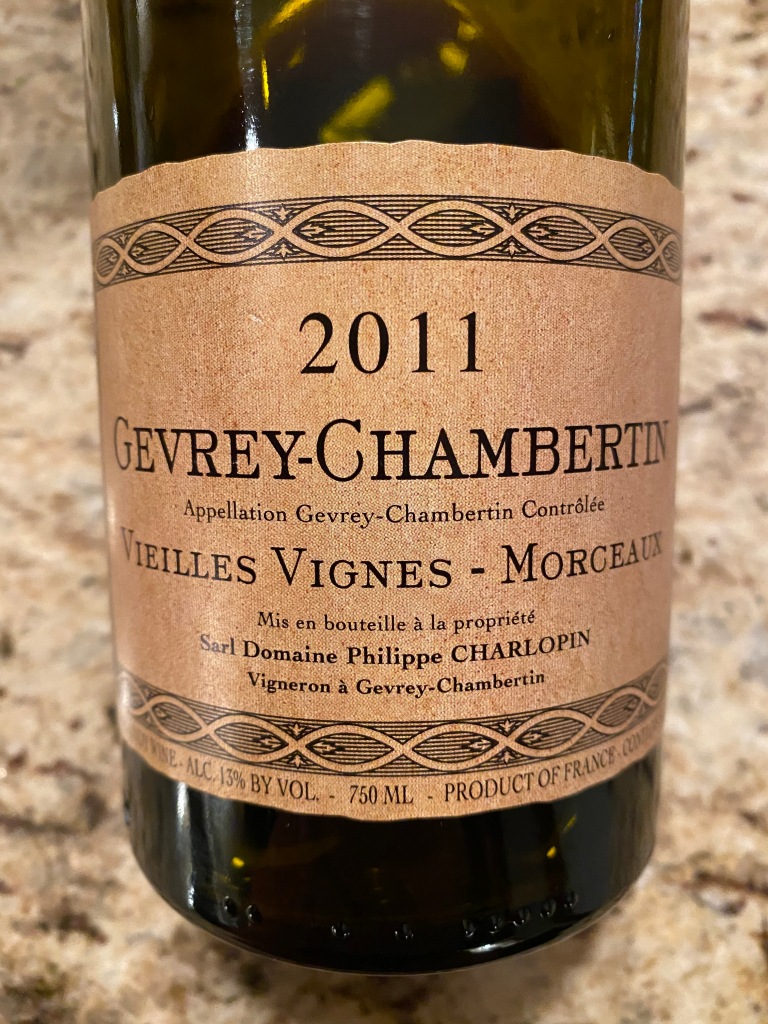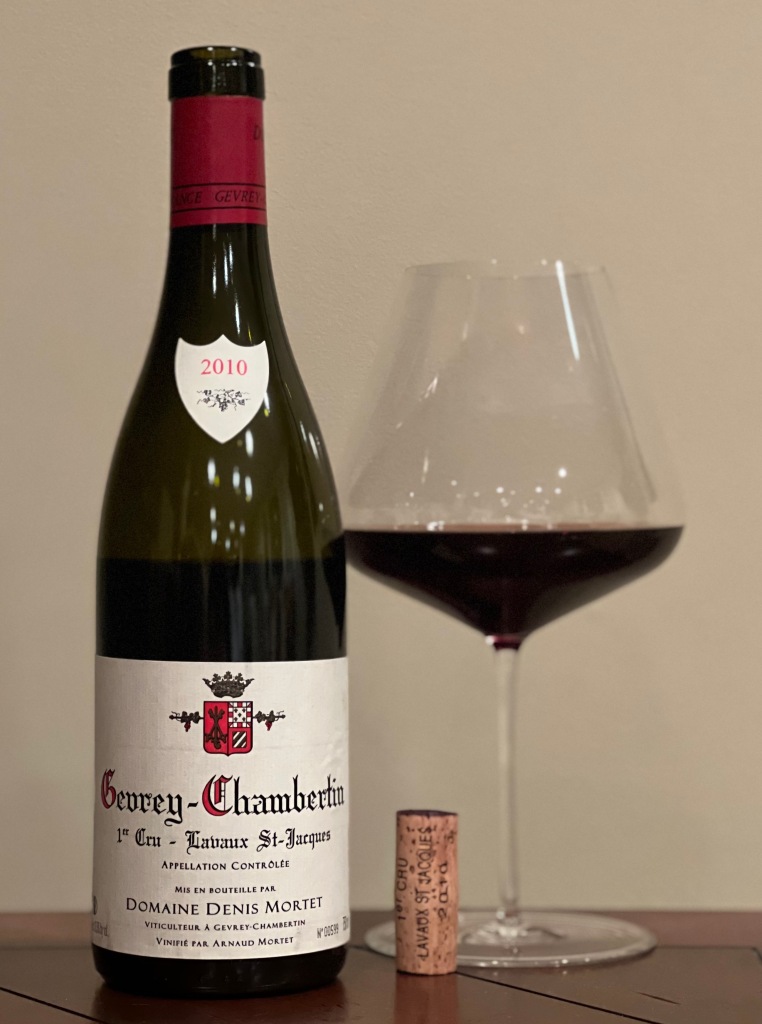
Today’s Story: Domaine Denis Mortet
Domaine Denis Mortet is a very highly-regarded wine estate established in 1956 by Charles Mortet in the village of Gevrey-Chambertin of Burgundy’s Côte de Nuits. Charles started with only one hectare (2.5 acres) of vines, though similar to many others around him he sold the majority of his fruit to merchant houses. Over time Charles’ holdings grew and his son Denis joined him during the 1980s to assist with winemaking. When Charles retired, Denis received 4.5 hectares (11 acres) of vineyards in the villages of Gevrey-Chambertin, Chambolle-Musigny, and Vougeot. Denis was well on his way to a gifted winemaking career, becoming lifelong friends with the great Henri Jayer and tasting with legendary Lalou Bize Leroy around the start of his own venture. He established Domaine Denis Mortet in 1992 alongside his wife Laurence, and the two set about expanding their holdings further.
Denis rose quickly to legendary status not just amongst wine consumers but with his peers in Burgundy. His attention to detail in his vineyards, where Laurence was also a huge help, was second-to-none as he prioritized quality over quantity and stopped using weedkillers and chemical pesticides in 1996. His resulting wines were also highly regarded due to their elegance, finesse, transparency of terroir, and ageability. Denis’ son Arnaud joined the family domaine in 2000, working closely with his father in the vineyards but throughout the entire winemaking process as well. Sadness struck, however, in 2006 with the far-too-soon passing of Denis and Arnaud took full control of winemaking.
At the time Arnaud took over, Domaine Denis Mortet consisted of about 11 hectares (27 acres) of vineyards in some of Burgundy’s best villages. Many of these holdings came to the family as other vignerons retired, largely because they knew that the Mortet family and its viticultural history would be perhaps the greatest possible stewards of the land. Since then, Laurence and her son Arnaud added an additional 5 hectares (12 acres) to the family domain and today their holdings total 16 hectares (39 acres) throughout the Côte de Nuits. In the year 2013, Arnaud’s sister Clémence joined the family business and Domaine Denis Mortet seems well set on remaining a Mortet family business for decades to come.
From a viticultural perspective, not much has changed under Arnaud in terms of attention to detail and rigorous care for the land. His biggest changes have been even more beneficial, including doing all work by hand with shears and eliminating machine use in the vineyards. Arnaud likes to say he utilizes 50% organic practices and 50% “reasonable” practices, including the minimized use of treatments for diseases and the like. In the cellar, Arnaud follows the practices he learned from his father but he is not one to shy away from experiments so long as they improve the quality of his wines. Arnaud, for instance, drastically increased the strict quality standards for sorting fruit when it arrives at the winery, and he even goes through the painstaking process of removing the center stems in his clusters for the whole cluster fermentations. Fermentation is accomplished using native yeasts in vats over the course of 15-20 days, and Arnaud minimizes punch downs to about five or six. He also uses less sulfur than his father, allowing the wines to be more enjoyable in their youth while maintaining the quality and structure for a long life in the bottle. Aging in the domain’s cellar lasts for about 16 to 18 months in oak, though Arnaud also greatly reduced the amount of new oak used during this process.
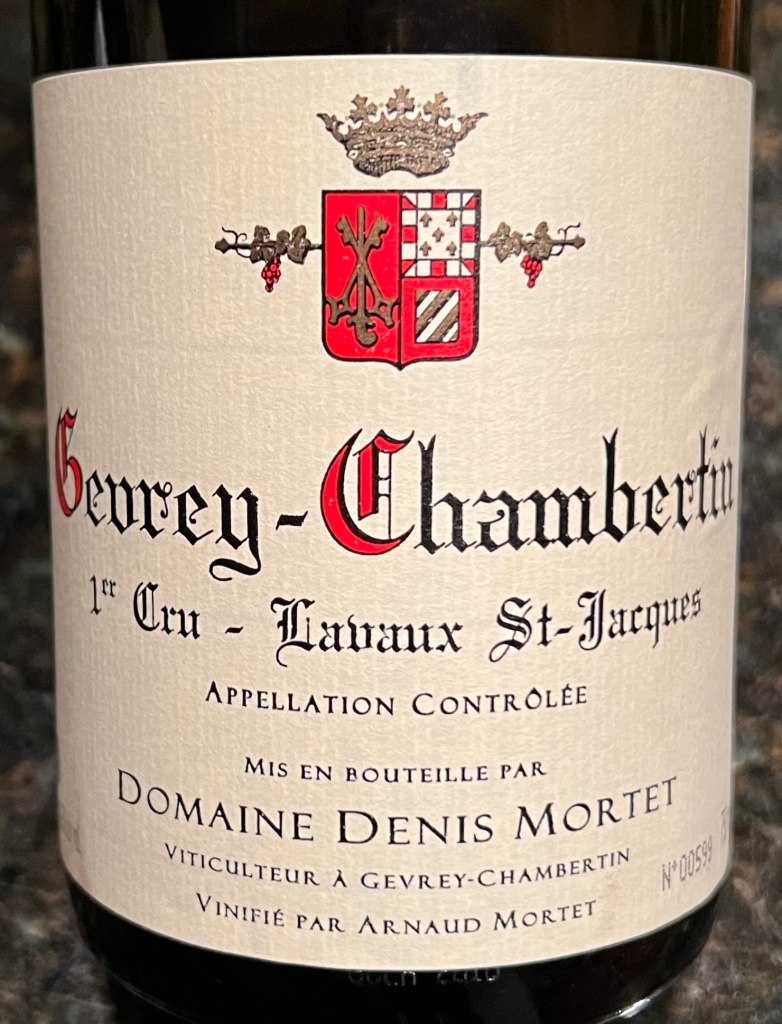
Today’s Wine: 2010 Gevrey-Chambertin 1er Cru Lavaux St-Jacques
100% Pinot Noir; 13.5% ABV
The 2010 Gevrey-Chambertin 1er Cru Lavaux St-Jacques is medium ruby in color with shades of deep garnet. I gave this a three hour slow-ox in the bottle before pouring it into the glass. The aromas are of pronounced intensity, with the nose showcasing notes of black cherry, black raspberry, muddled strawberry, blueberry, spiced plum, sweet tobacco, leather, licorice, gingerbread, crushed gravel, forest floor, black truffle, charred herbs, and clove. Flavors are also of pronounced intensity, and the palate offers up notes of black cherry, blackberry, black plum, blueberry, violet, tobacco, leather, wet gravel, black truffle, olive, cola, vanilla, and clove. This dry red is medium-bodied with high acidity, medium (-) dusty tannin, medium alcohol, and a long finish. Outstanding quality and incredibly complex. 500 cases produced.
Price: $470 based on Wine-Searcher (we paid $190). Given the market pricing I found online, it’s very difficult to discuss value at this price-point. If you’re able to find this for around $200, however, then I think this offers great value. This wine is ridiculously complex and well-balanced, with a very long life ahead of it.





